
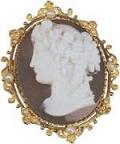
Collecting
Victorian
Jewelry
Identification and Price Guide
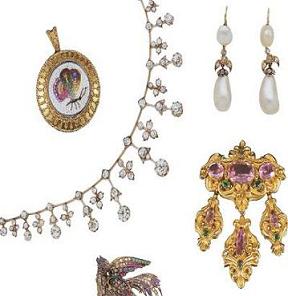
C. Jeanenne Bell, G.G.
2004 C. Jeanenne Bell
Published by

700 East State Street Iola, WI 54990-0001
715-445-2214 888-457-2873
Our toll-free number to place an order or obtain
a free catalog is (800) 258-0929.
All rights reserved. No portion of this publication may be reproduced or transmitted in any form or by any means, electronic or mechanical, including photocopy, recording, or any information storage and retrieval system, without permission in writing from the publisher, except by a reviewer who may quote brief passages in a critical article or review to be printed in a magazine or newspaper, or electronically transmitted on radio, television, or the Internet.
Library of Congress Catalog Number: 2004093888
ISBN: 0-87349-673-6
eISBN: 978-1-44022-526-0
Designed by Wendy Wendt
Edited by Mary Sieber
Printed in United States of America
Dedication
Dedicated to the One from Whom all things cometh;
my parents, Anne and Belton Noblitt;
my parents-in-law, Theda and Jim Hess;
my husband, Michael Marshall;
and my four children and 10 grandchildren.
Contents
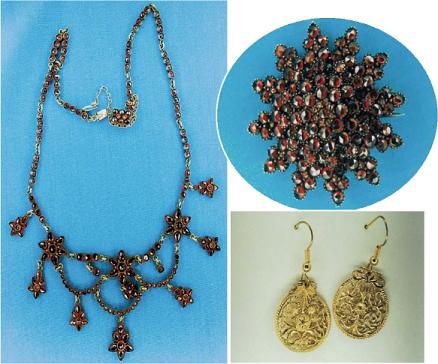
Introduction
Queen Victorias ascension to the throne was a welcome relief after years of royalty who instilled neither pride nor admiration in the minds of their British subjects. She was young, pretty, and mindful of her duty to the country.
Queen Victorias subjects watched with awe and admiration as she ascended to the throne, married, and gave birth to nine children. Victoria and her family were indeed royals in which to take pride.
As you might imagine, everything the royal family did, said, and wore became news. Because her subjects loved her, they tried to emulate her as much as possible. Consequently everything she wore became an instant fashion.
Victoria had such a tremendous impact on the world in which she lived that the very era bears her name. The most common of household items, be it a teacup, clock, or piece of furniture from her years on the throne, is now referred to as Victorian.
Following this pattern, I titled this book Collecting Victorian Jewelry, even though it does not focus entirely on British jewelry from this time period. As you will see, jewelry in America and France is also featured. In fact, we highlight the American Civil War era in clothing fashions and jewelry to satisfy the ever-growing interest in the reenactment of those years.
The years from 1837-1901 were some of the most progressive in history. Queen Victorias reign saw the evolution of the horse-drawn carriage to the horseless carriage; the outdoor privy to the indoor toilet; and candlelight to electric lights. Railroads crisscrossed the country, and the industrial revolution introduced factories as a way of life.
Collecting Victorian Jewelry highlights world events during this era and how they influenced fashions in clothing and jewelry. Each decade is embellished with colored fashion plates from popular magazines of the day, such as Grahams, Godeys Ladys Book, and Petersons Magazine. We take a decade-by-decade look at how these fashions in clothing had a direct influence on the jewelry of the time, and how newly discovered materials and new improvements in machinery affected how these pieces were made. This information is augmented by hundreds of color photographs of the jewelry, complete with prices from all ranges of the marketplace.
I take great pleasure in inviting you to join me in this adventure through these exciting years. Enjoy!
C. Jeanenne Bell
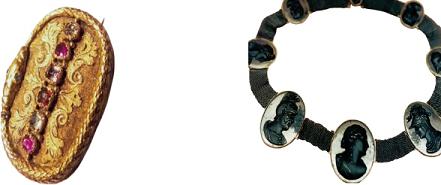
 SECTION I
SECTION I 
1806-1839 TIMELINE
1806Berlin iron jewelry made in Germany.
1806-1814French excavations of Pompeii.
1819Victoria born on May 24 at Kensington Palace.
1820George IV becomes king of England.
1825National Academy of Arts and Design is established in America.
1820-1830sRegard rings and brooches are popular acrostic jewelry.
1825-1850Ferronier-style chain becomes popular.
1829Andrew Jackson elected president of the United States.
1829Anne of Geierstein published in 1829.
1830William IV becomes king of England upon the death of George IV.
1830-1850sAcrostic or name or regard rings are popular.
1830-1840sShirt pins had short stems; later (1850-1860), stems longer and scored or twisted part way up to keep them from slipping out of the fabric.
1834Fire destroys the old Royal Palace of Westminster.
1837Queen Victoria ascends to the British throne.
Romanticism and rococo styles are revived.
1837Fiftieth anniversary of American independence.
1839The Frenchman Louis-Jacques-Mand Daguerre developed the daguerreotype.
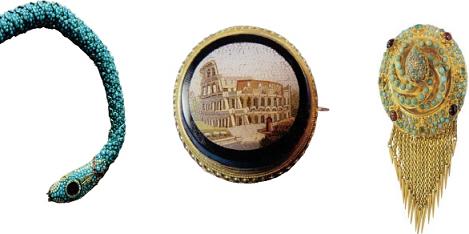
The Beginnings
 1819-1930s
1819-1930s 
T he story of the Victorian era begins before Queen Victorias birth in May 1819. About 1818, the Duke of Kent, who was destined to be the father of the queen of England, was persuaded by his trusted advisors to begin searching for a suitable wife. The need to provide an heir, plus the motivation of the extra allowance that he would receive as a married man, were the strong incentives needed to persuade him to put aside his longtime mistress.
On the ruse that he needed a letter delivered to his sister, Prince Leopold of Saxe Coburg, the brother-in-law of the duke, asked the duke to deliver a letter to his sister in Germany. With this delivery the duke found his proper wife. She was Victoria Mary Louise, the princess of Leininges, a widow with two children who lived in a castle at Amorbach, Bavaria. The dukes smile, kind manner, and reputation as the kind and popular duke quickly won her heart and hand.
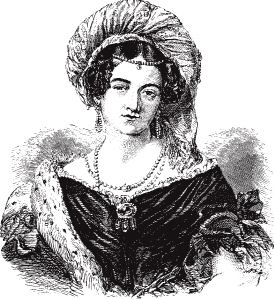
The Duchess of Kent is wearing a head ornament with a central jewel that hangs on her forehead. This type of jewelry was popular throughout the 1830s and 1840s. It was called a ferronniere and was based on a portrait from the 15th century of a lady thought to be a blacksmiths wife. The 19th century modified the piece with a chain instead of a ribbon. There were later versions of the style, which included a drop on each side of the central pendant. The duchess was said to have given Victoria three ferronnieres, each set with different types of stones for her 14th birthday.
Next page
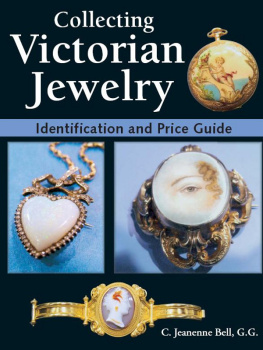
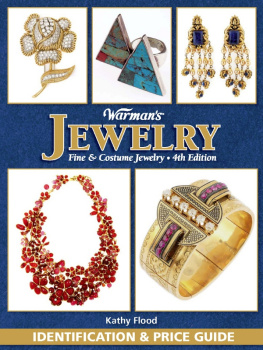
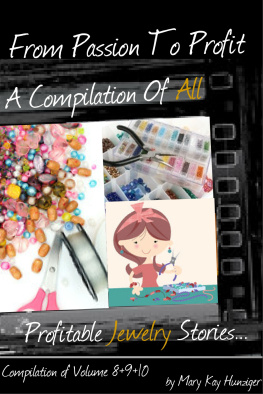

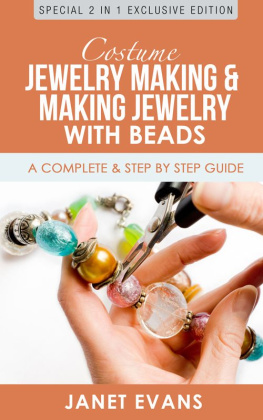
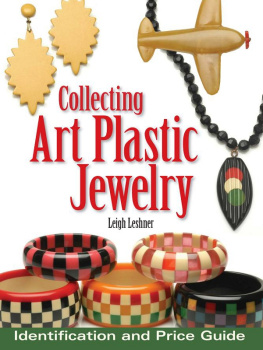

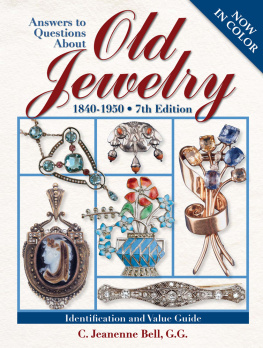
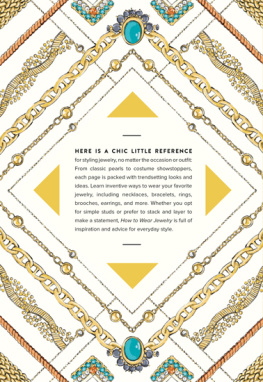
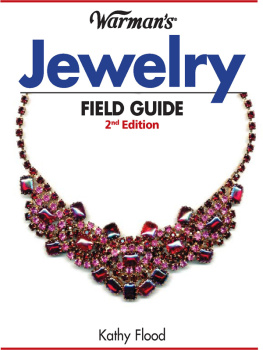
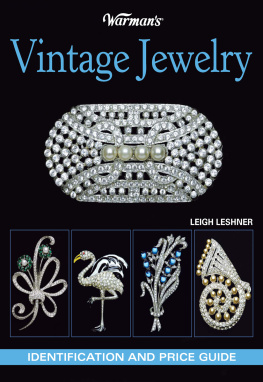






 SECTION I
SECTION I 

